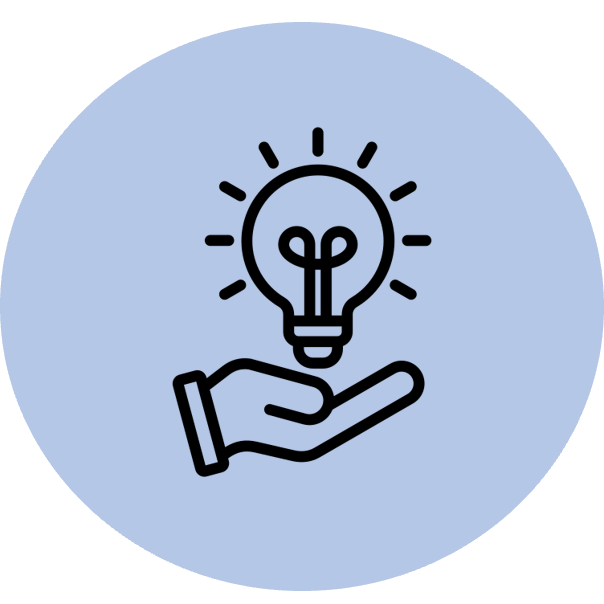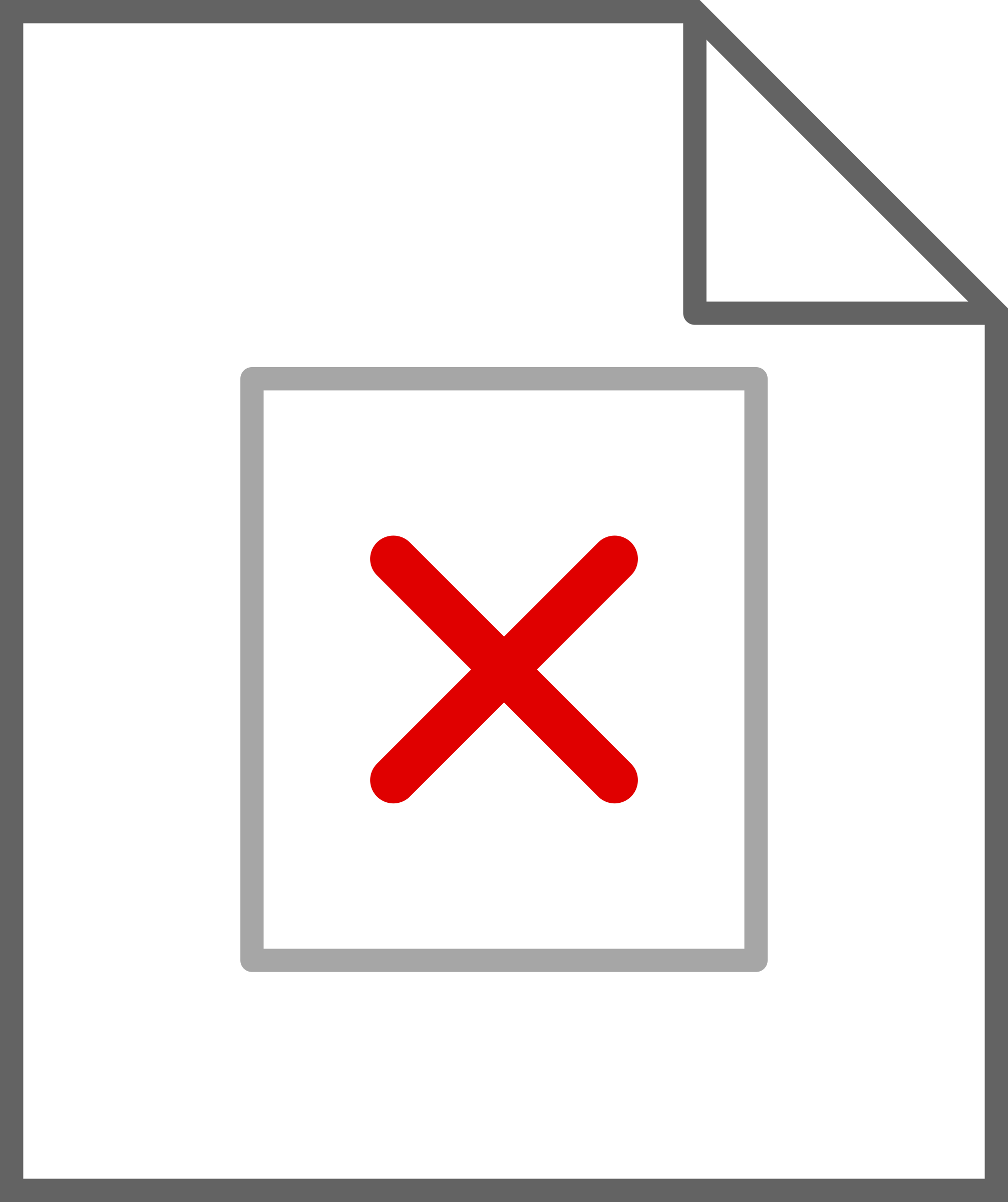My spouse wants me to do more of menu planning. I already do a good state of the cooking, but I typically cook things I already know how to make, or at least things I’ve eaten before. She would like me to read cookbooks to find new ideas, and she’s got over a hundred, many for cuisines I’m familiar with and enjoy.
The problem is I can’t read them. I mean, I can physically pick them up and read the words but that doesn’t give me any information about what the dish is or how to prepare it. I can pick up a programming manual and read it just fine, see what a function does, its inputs and outputs and use cases.
I know some of if the obstacles:
-
Ingredients listed separately from directions, so when I read “Add the tomatoes and stir” I have to leave my place in the directions to find out how much tomatoes.
-
Directions not always chronological: A full paragraph about preparing a sofrito will be followed by one starting “At the same time…”
-
Ingredients that are added at the same time are not always grouped together (some books are better about this).
-
Many recipes discuss how long to cook something but linear time is an illusion. Some rare books will tell you what color, translucency, texture, or aroma and ingredient should have before the next step, and those ones are easier to use.
-
Lack of narrative / lack of flow / lack of reason or purpose for individual steps. I can remember easily that to make mac’n’cheese richer and more indulgent you can brown the butter you use to make the cheese sauce, but cookbooks rarely tell you why you’re doing any individual step and if they do, it’s in a paragraph of text above or below the recipe where it’s easy to miss.
Recently I was able to cook something new from a cookbook (albeit something I’ve eaten from restaurants and know that the final result should be) by copying everything down onto notecards, and rearranging them into chronological groups, and then copying that onto another piece of paper that I could refer to while cooking. But A) that took over an hour and 2] it was only possible because I already knew the finished dish. I seek to be able to read a cookbook and find new dishes to cook, the way I can pick up a new programming language by reading it’s function documentation.
Any tips?
I would also like to point out that recipes/cookbooks are VERY forgiving when it comes to how much of any one ingredient you are using (think of it more like a guideline, less like an exact formula). That being said if you enjoy following along exactly that is Okay too!
I can pick up a programming manual and read it just fine, see what a function does, its inputs and outputs and use cases.
Might I suggest baking to you. It sound right up your alley!
I do bake! I do all the baking in the house. But it’s all recipes I know by heart at this point.
You should check out a book called The Flavor Bible.
If you think about recipes as programs written by other people, it should begin to make sense why it’s hard for you to parse. The “code” is laid out differently than you would have done.
You could spend the time to rewrite it into something that’s easier for you to read… or you could simply write the recipe yourself.
This book can help you do that by telling you what flavours work well together and how to get the best out of them.
That’s the heart of it, yeah. I’ll check it out!
Maybe I’m wrong, but surely “ND” is far too broad a label to provide useful information to anyone in this sort of context?
In the context of… the neurodivergent life hack community?
That is why I described my specific issues, though.
For bullet point one, do something called mise en place. Basically, measure out all your ingredients and lay them out before you start cooking, so you don’t have to worry about how much tomato to pour in.
Two and three are solved by reading the recipe before cooking, and making a game plan about how you’re going to do each step. Recipes don’t expire, you have time to plan things out.
For four, if you’re given a time, usually that means that the recipe has a larger margin for error on cooking something, so simply following the time will leave you with a proper cook. Unless the recipe sucks, which does happen. Getting a reputable recipe book avoids that problem.
For five: most recipe books are written for busy people who just want to put good food on the table. So you’re not getting a technical explanation because you’re not expected to know or care why something works.
But there are books that go into more details. But they’re less recipe books and more technical manuals. Nomas guide to fermentation goes into the hows and why’s of their methods, give you starter recipes, then encourage you to create your own recipes. Generally, the technical books are specialized, and for people who want to make cooking into a dedicated hobby. If that’s your goal, I suggest finding a particular interest and look for book recommendations from hobbyists. By particular interest, I mean deciding if you want to be good at baking bread, or fermenting, or making pasta, or smoking meats. In other words, finding your “thing”.
I do my mise en place when cooking, my struggle is when reading the cookbook, which also knocks out your response to two and three. I’m not asking about how to cook faster, but rather how to understand what I’m reading, days in advance of cooking, before I’ve even bought the groceries.
That most recipes are written for people to follow in a hurry make sense, so thank you for the recommendations for more technical works.
I had somewhat similar problems which were solved by learning how to cook (I went to a cooking school, although I didn’t bother with the professional exam, so I can’t actually open a restaurant, I later did the same for baking) and by getting technical manuals. I can’t really suggest titles though unless you’re fluent in French.
It hasn’t been updated in a while, but you might appreciate Cooking for Engineers. All their recipes have a Recipe Card format which diagrams exactly when steps should happen in relation to each other.
Here’s an example: https://www.cookingforengineers.com/recipe/36/Meat-Lasagna/trn
That’s beautiful.
It’s not specifically made for ND but it’s definitely aimed at being as simple as possible while empowering the reader to not worry about fucking things up. Check out the “Thug Kitchen” aka “Bad Manners” series of books.
I’ve absolutely got the exact same recipe reading experience that you have. I HATE THEM!
I want to make yummy food, but how am I supposed to have everything ready when the recipe jumps backward in time?
I’ve only really had success with rewriting recipes in a way that made sense to me. Ingredients list grouped by step (sauce, aromatics, etc) and instructions in time order. Split into columns when things need to happen at the same time.
It did help me to watch some video recipes from an Aussie named Nat on youtube during the pandemic. https://www.youtube.com/watch?v=9KthvXIFhcc He’s got a really “fuck it, it’ll be fine” attitude that helps me be less stressed in the kitchen.
I’ve only really had success with rewriting recipes in a way that made sense to me.
Yeah, that’s what works best for me, too. I was hoping for something that would make finding new recipes easier, I guess, but maybe there’s no shortcut beyond personal recommendations.
You might appreciate On Food and Cooking this is about technique, not recipes. Once you understand the how and why cooking becomes more intuitive.
Following on from that, Cooks Illustrated , the New Best Recipe is good for what works and does not work when you are cooking.
Similarly the Ancien Régime of Serious Eats during the time of Kenji Lopez-Alt and Stella Parks is excellent, and still available online.
Recipes can be quite difficult to write and read in that there is an assumed literacy level, one person can understand just a list of ingredients while another might need a description of how to slice the onions.
I would look at Felicity Cloakes Masterclass she compiles many recipes for a single dish then says why you may or may not like an ingredient or technique, the distills that to a well ordered recipe.
Slightly off topic: older recipes frequently contained instructions like ’ and cook in the usual manner’.
The Joy of cooking,it is a fundamental cookbook.i literally have dozens of cookbooks, but joy of cooking is the one I use. How many cookbooks have Wikipedia pages? https://en.m.wikipedia.org/wiki/Joy_of_Cooking
And as someone else said lay out the engridents first.
Ingredients listed separately from directions, so when I read “Add the tomatoes and stir” I have to leave my place in the directions to find out how much tomatoes.
You’re supposed to prepare your ingredients before you start cooking. Its called mise en place. There might not be be enough time to go dice 2 tomatoes before the pot starts to burn. But if you already have them in a bowl ready to go, you can just add them when the recipe says. This also helps with your next point about doing things simultaneously.
Like most things in life, a little bit of prep and planning beforehand can make a big difference.
This entire post is about planning. I’m trying to read recipes and understand them so I can plan meals for the coming week. Laying out my mise is helpful when actually cooking, but I can’t lay out mise for every recipe as I go through the book deciding what to make.



